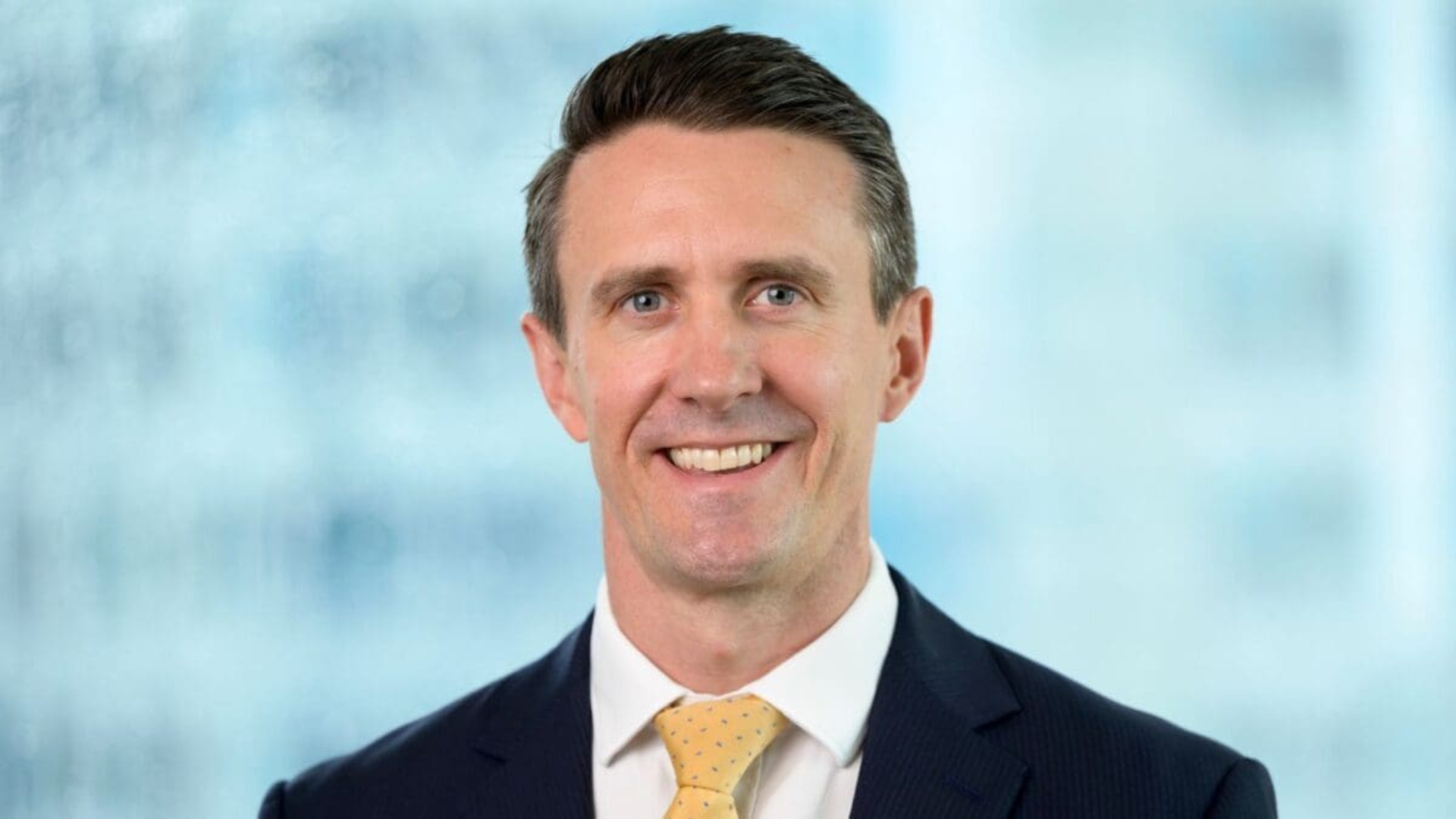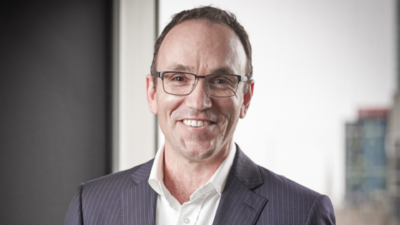The ‘soft stuff’ matters for big funds
(Pictured: Roger Urwin)
You might expect Roger Urwin to say that big pension funds should put more time and effort into their governance. The global head of investment content for Towers Watson has devoted much of his recent career to studying fund governance. Supporting his views, he presented a case study last week of three big funds which have gone through transformational change.
Addressing the 10th Ideas Exchange conference by Towers Watson in Sydney, Urwin, a frequent visitor to Australia, said that trustees and executives normally said they devoted between 10-30 per cent of their budget to governance. “Our research says that 40-50 per cent is better,” he said.
He has been working with three funds on major change projects over the past 12 months and they all came out of the process feeling confident about the future. Investment beliefs had to be devised at the board and management level, he said. It was a huge subject which was not being talked about.
The three funds he has been working with are the UK Railways fund, CalPERS in the US and an unnamed Gulf country sovereign fund. Buoyed by the work, Urwin said: “Asset owners could be moving from good to great. This is the end of the first generation of asset owners. They haven’t had to go through the creative destruction familiar with the corporate sector. In a sense, they still need to mature.”
Funds tended to have too much oversight and not enough insight. Too much time was spent on checks and balances. Boards needed to have more influence and more engagement with the investment team. “Often the elephant in the room is the investment committee itself,” he said.
“The role of culture for asset managers is well accepted. But its role among asset owners is very much underrated. The soft stuff really matters. You develop culture through leadership… Beliefs can be assessed and measured as much as performance can.”
Because of the pace of change in the industry, incremental change at a fund was insufficient. He believed that a fund required at least three strong leaders to push through change. The industry had not been sufficiently accountable because asset owners did not have the same pressures as corporations. And because of “group think” people were scared to change.
CalPERS took about 12 months to come up with their beliefs and this had dramatically improved the dialogue between the board and the staff. This had become the foundation for the big asset/liability matching study the fund was currently doing.
Another feature of Urwin’s work in recent years has been to study what the best funds have in common. Apart from governance they worked hard on all the small things to aggregate marginal gains. Finding a 1 per cent margin was important. The best funds were all very good at execution. They think deeply about how they’re doing things.










